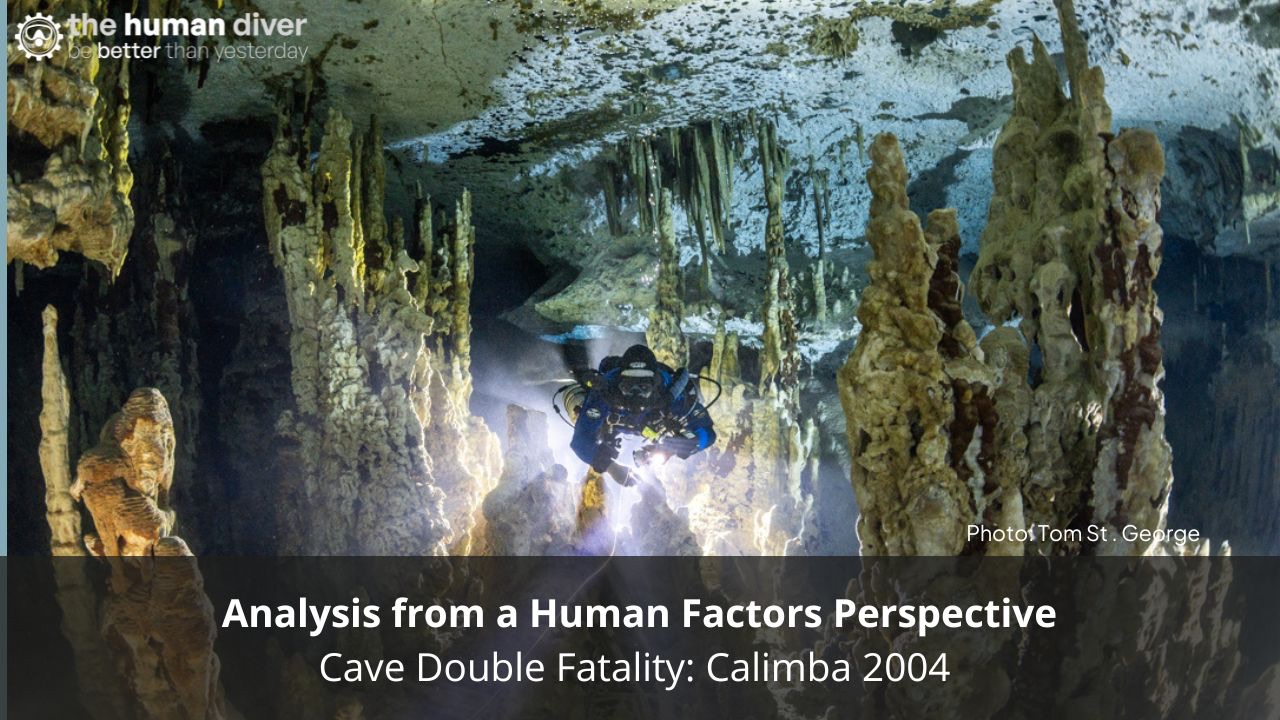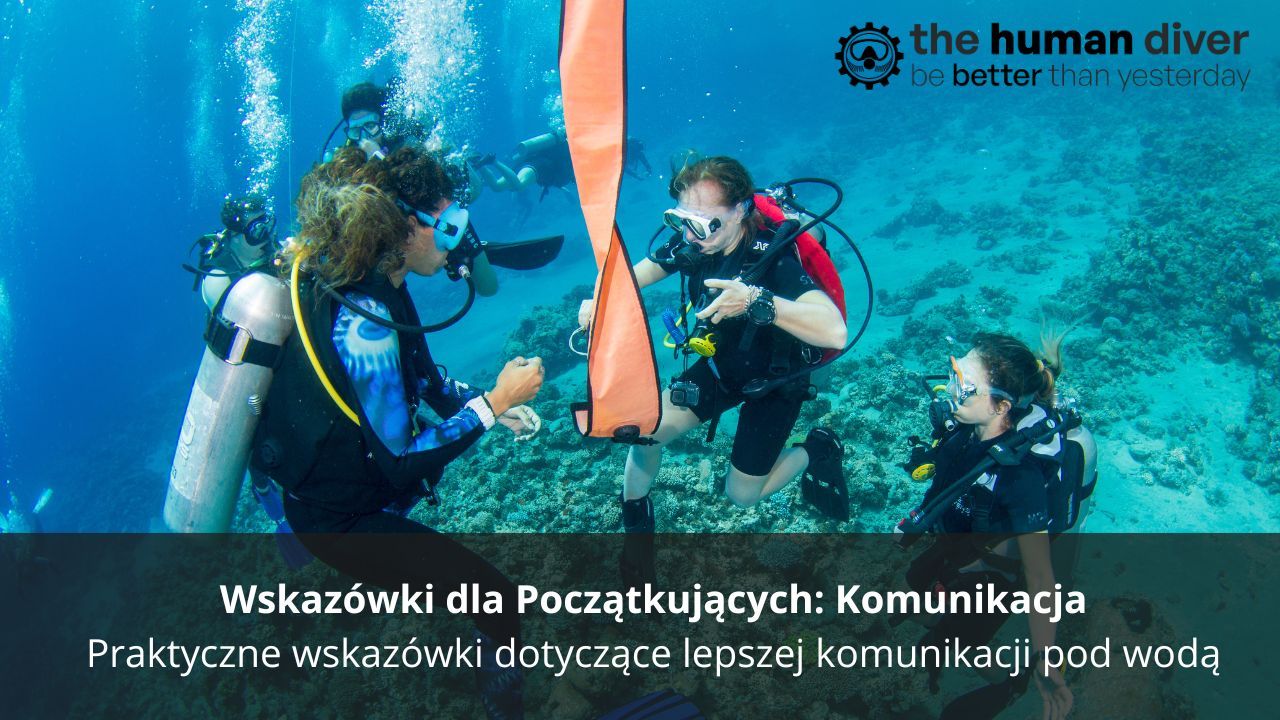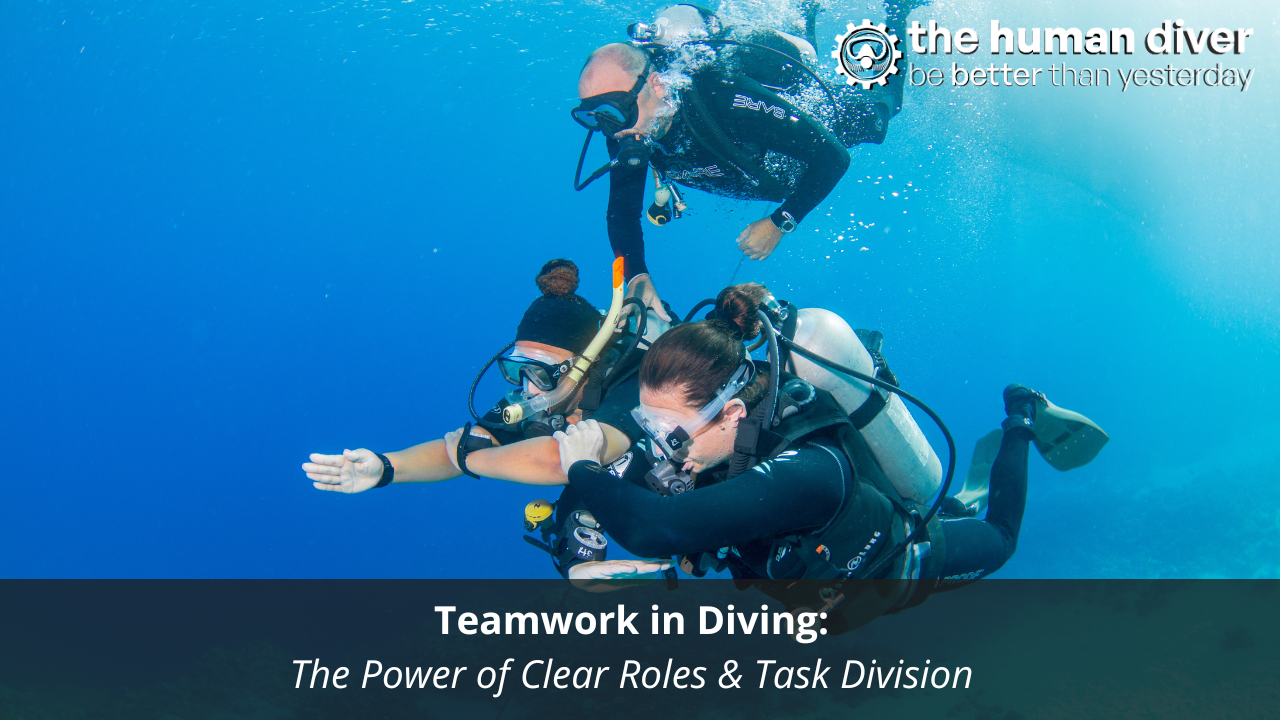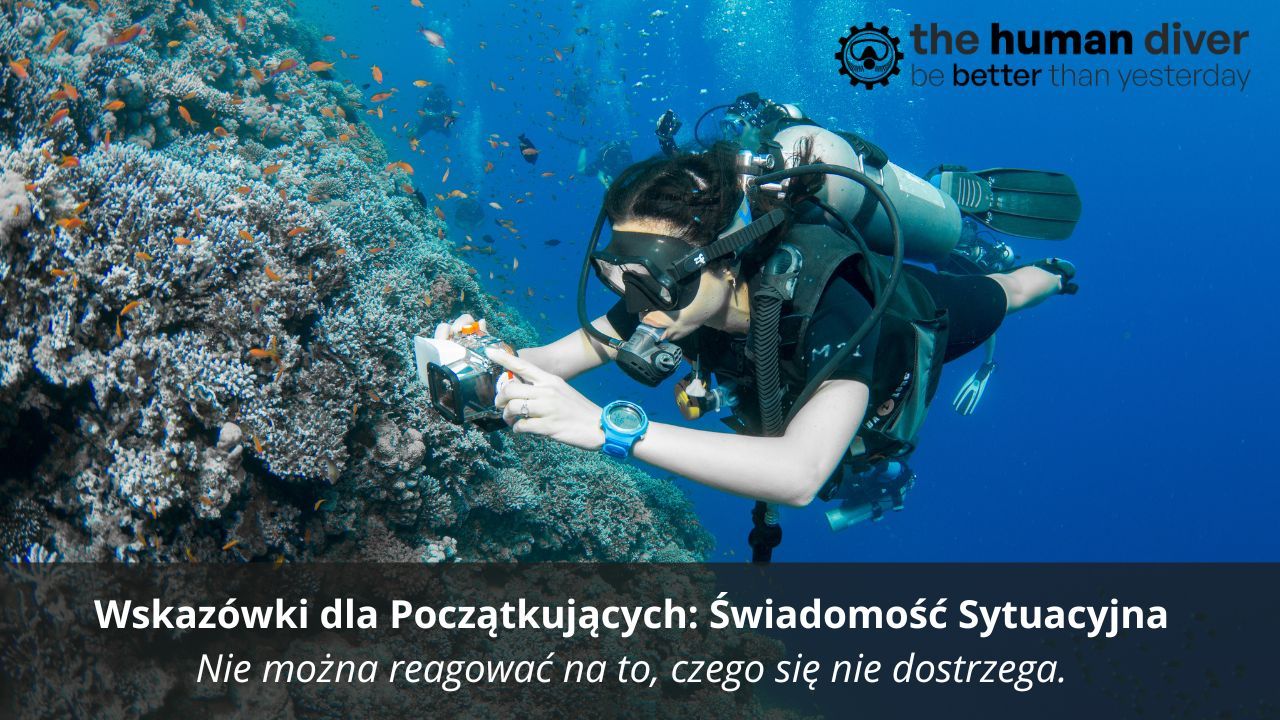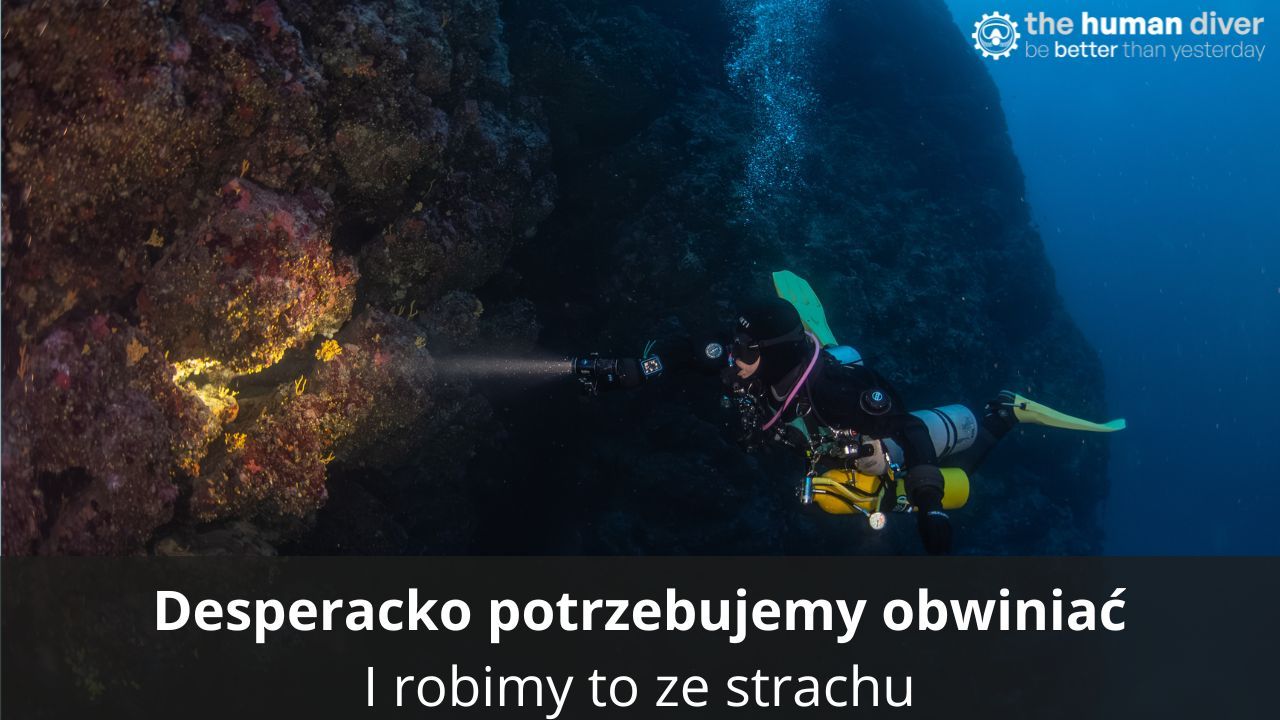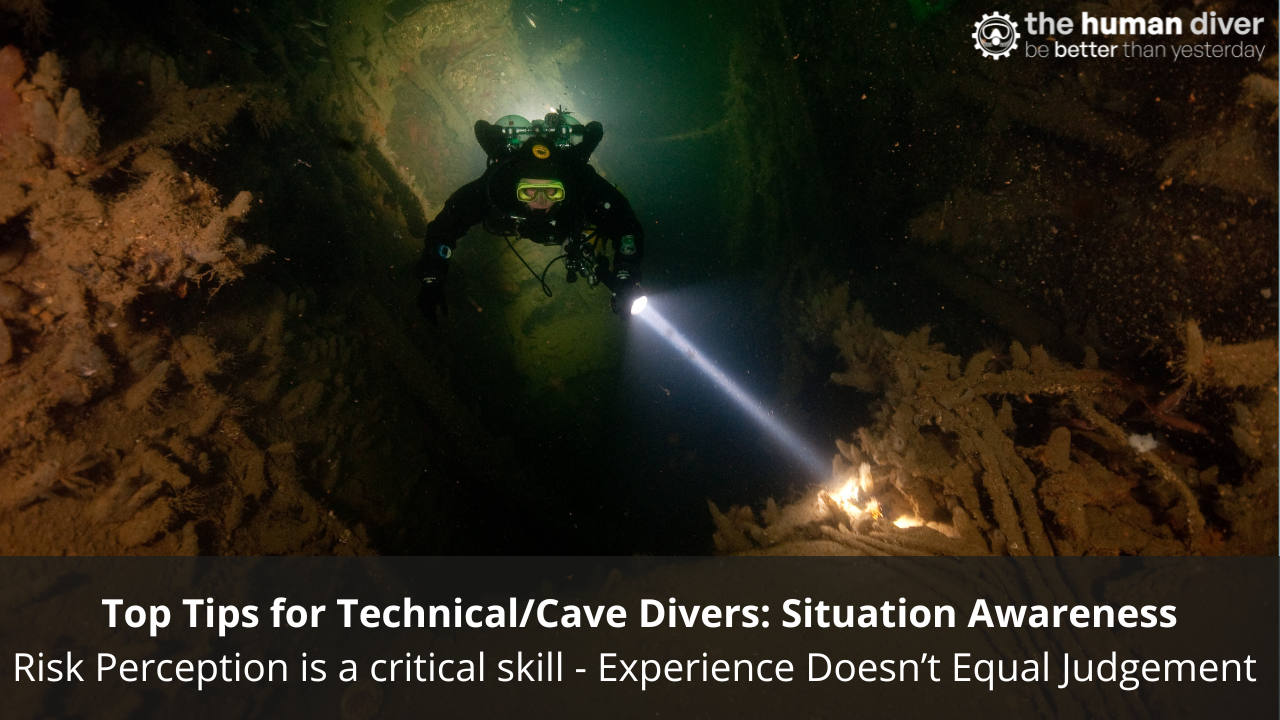
Normalization of Deviance (Risk): How Socially Accepted Drift Can Impact Your Diving
Mar 12, 2025Climbing out of the water and back aboard the dive boat in Cabo San Lucas, Mexico, the Divemaster, who was giving me a hand with my equipment, checked my SPG and said, “you have 500psi leftover! You could’ve stayed down another 10 minutes!”
Regardless of which organization issued your c-card, 500psi is widely viewed as the minimum amount of gas you should surface with following a dive. This ‘rule’ is in place for a couple of reasons: one, it ensures you surface with sufficient reserves; and two, SPGs are often inaccurate in the lower ranges. The red quadrant doesn't have anything to do with 'safety' per se, 50 bar is different 500 psi, and the size of the cylinder determines the volume of gas available.
The divemaster’s comment stuck with me and made me wonder how often he’s made that comment to other divers. And of those divers, how many of them have taken the divemaster’s implicit advice to stay down longer and surface with less reserves? It’s easy to see how a diver can rationalize surfacing with less gas. “Well, I’ve paid a lot of money to travel here and I want to get the most out of the diving.” The question is, how far do you push it before you catch yourself or worse, you run out of gas? This leads to the main topic of this blog: normalization of deviance – a phenomenon in which individuals and teams deviate from what is known to be an acceptable performance standard until the adopted way of practice becomes the new norm.

Coined by Diane Vaughn in her seminal book The Challenger Launch Decision, normalization of deviance is defined as “the gradual process through which unacceptable practice or standards become acceptable. As the deviant behavior is repeated without catastrophic results, it becomes the social norm for the organization.” It is important to note that normalization of deviance isn’t about rule-breaking, it is about the social acceptance of the rules being adapted. In the case of the loss of Challenger, the organizations involved in managing the risk were moving the goal posts even though they had processes to examine the risk. They weren’t breaking rules, they were following what their standards had said. However, the standards moved from providing evidence that answered the question ‘why should we launch?’ to ‘why shouldn’t we launch?’
With this understanding of normalization of deviance, we can use my experience in Mexico to see how it applies to diving. Most newly trained recreational divers will seek to hit the surface with 500psi in their cylinders, because that’s what they were told to do. But the more they dive and surface with 500psi without having problems, they will begin to push the limit, especially if they have someone who they perceive to be an authority in the dive industry – the divemaster on my boat – telling them it’s okay to push the boundaries. The first time they surface with 400psi without any issues, they may continue to drift. As time passes with no adverse outcomes, they may continue surfacing with less and less reserves. Slowly overtime the SPG will start to read 400psi, 300psi, and 200psi when they hit the surface. The shift in acceptance comes from both individuals eroding the margins, but also those around them ‘sanctioning’ this behavior – the social acceptance of the shift.

There is a distinct difference between normalization of deviance and constructive deviation and advancement. Constructive deviation is a deliberate process and open exploration of new methods to improve safety and efficiency. Unlike normalization of deviance, it involves conscious efforts to conduct research and adopt alternative practices in a controlled manner, knowing that things may/will fail, and mitigations are put in place to ensure that when failure does happen, it happens safely and without catastrophic outcomes.
How can we address and manage normalization of deviance, particularly when performance standards vary among individual divers, dive centers, and training organizations? Here are three proactive steps you can implement today to guard against normalization of deviance:
- Standard Operating Procedures (SOPs): Within your dive team, establish SOPs, setting the tone for “this is how we do things here.” The reason why this is important is because once you have a ‘line in the sand’, it is easier to refer back to it and it provides power to those who want to question drift. When there are gray areas, it makes it harder to challenge the status quo.
- Briefs: Before entering the water, conduct a dive brief, during which the team outlines and subsequently agrees to the dive plan. This ensures that the ‘lines in the sand’ are clear before we get in the water, at a time when detailed communication and discussion are much easier.
- DEBrIEFs: When the dive is over, hold a debrief and assess how well you stuck to the agreed upon plan. It’s common to forego the debrief when nothing goes wrong, but the team debrief is a critical step in addressing normalization of deviance. In short, debriefs should be held after every dive.
We are all fallible, social beings and we are hardwired to conform to social norms. To prevent normalization of deviance we must be willing to challenge our peers and authority figures when we observe drift from accepted best practices. For this to happen, we have to operate in a culture of psychological safety, and that is on the leaders in the team to set and role model. For more on this, look up these blogs.

John Strobridge is one of the Human Diver instructors based in the US. Along with 12 other instructors, he helps divers and teams improve safety and performance by bringing human factors and just culture into daily practice. Through award-winning online and classroom-based learning programmes we transform how people learn from mistakes, and how they lead, follow and communicate while under pressure. We’ve trained more than 600 people face-to-face and 2500+ online across the globe, and started a movement that encourages curiosity and learning, not judgment and blame.
If you'd like to deepen your diving experience, consider the first step in developing your knowledge and awareness by taking the HFiD: Essentials class here.
Want to learn more about this article or have questions? Contact us.


